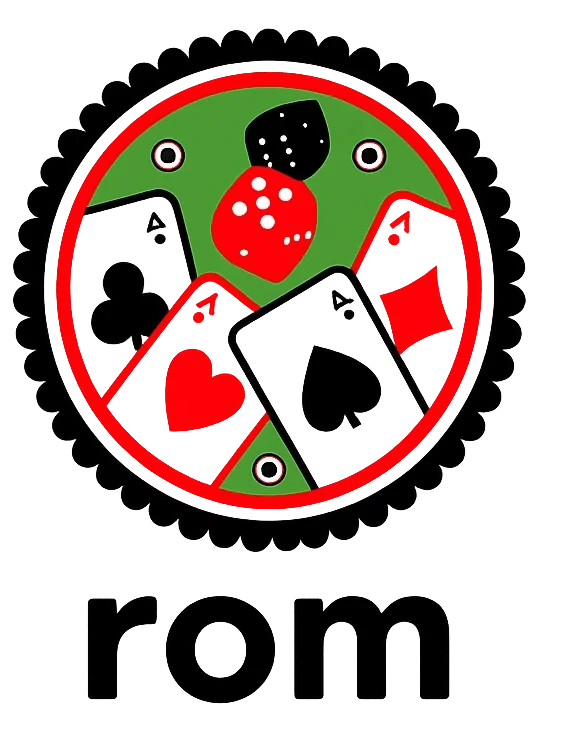In a world filled with sprawling consoles and massive game budgets, it’s easy to overlook how powerful handheld platforms like the PSP were during their yy4d prime. The PlayStation Portable proved that you didn’t need a full living‑room setup to enjoy deep, engaging experiences. PSP games delivered stories, mechanics, and visuals that rivaled many console titles—all in the palm of your hand.
What made PSP games stand out was how they balanced ambition with portability. Developers knew the constraints—smaller screen, battery limits, yy 4d simpler controls—but they didn’t scale back creativity. Instead, they leaned into the device’s strengths: quick sessions, accessible controls, and the ability to play anywhere. Games like Daxter offered polished platforming and fun mechanics that felt substantial even on the go.
Action‑oriented PSP games pushed boundaries too. Killzone: Liberation and God of War: Ghost of Sparta brought console‑style combat into handheld form with surprising fidelity. These weren’t cheap adaptations—they were full entries in major franchises, demonstrating that portable gaming could be serious and satisfying. That kind of ambition is why many players look back at PSP games and feel they got value beyond what handhelds were expected to deliver.
RPGs on the PSP were equally impressive. Crisis Core: Final Fantasy VII took players through a rich narrative tied to one of the most beloved franchises. It offered cutscenes, character arcs, choices, and plenty of mechanics to dig into. For many, it provided the kind of deep experience they expected only on PlayStation home consoles. That accomplishment alone solidifies PSP games in the conversation of best games for handhelds.
Another key factor was variety. The PSP library spanned platformers, strategy, rhythm, racing, action, and more. Titles like Lumines introduced rhythm‑based puzzle play, while MotorStorm: Arctic Edge brought arcade racing thrills. Because of that range, many players found PSP games to be unexpectedly rich and broad, not just quick snack‑sessions.
Even though the PSP is no longer in active production, its game catalog remains a testament to what handheld gaming can achieve. Players returning to these devices find that PSP games still hold up and still entertain. They may lack today’s ultra‑high‑definition graphics, but they more than make up for it with creativity, heart, and polish. In short, PSP games proved that big experiences can come in small packages—and that’s a message that stands the test of time.
